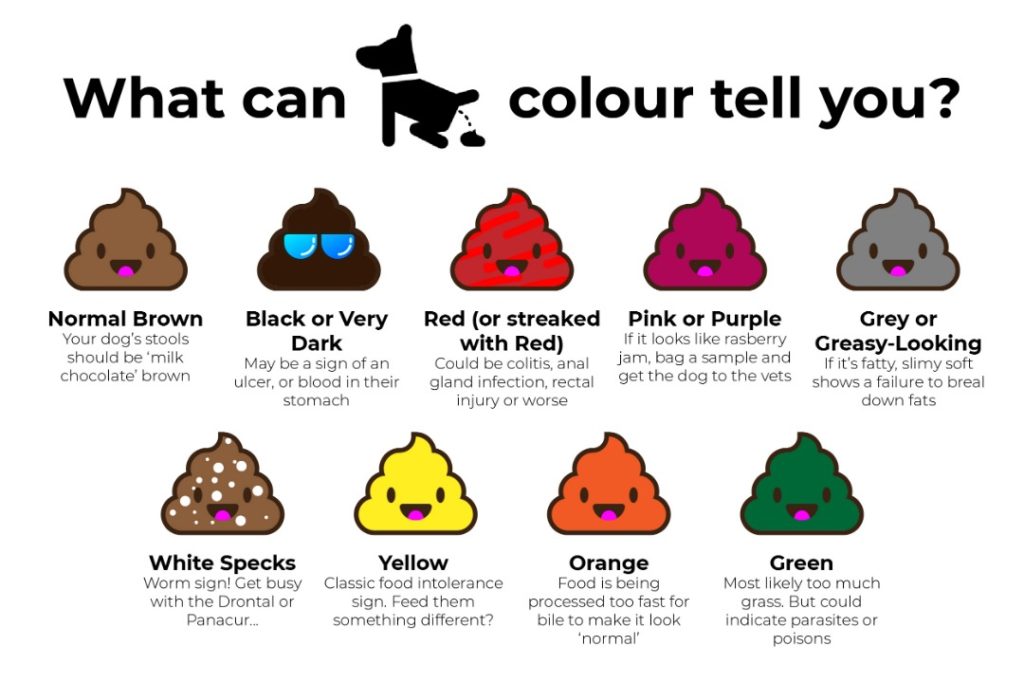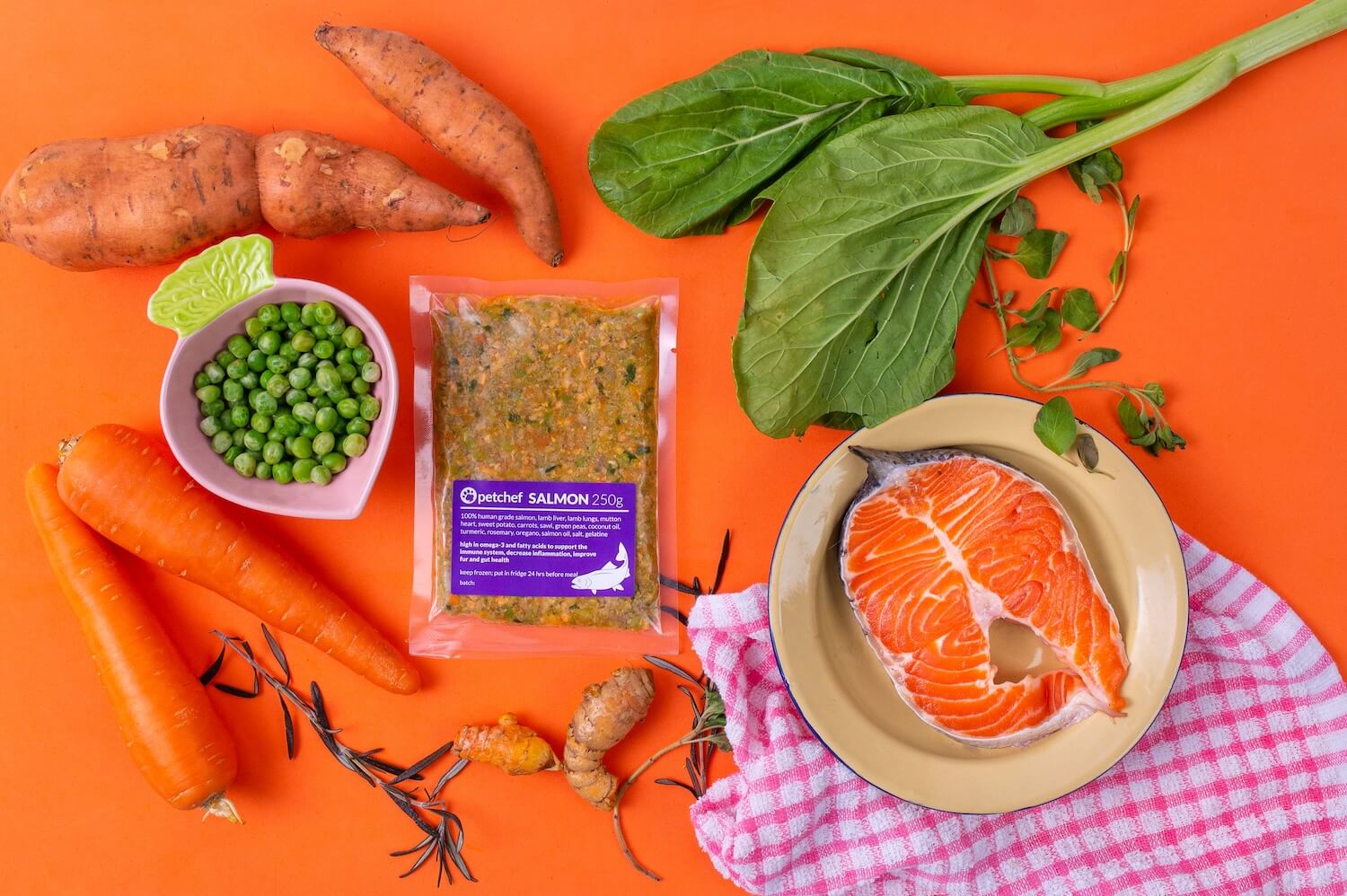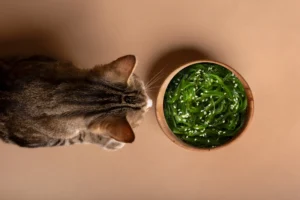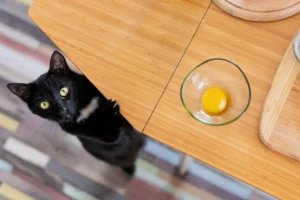Pooping. It’s the butt of elementary school jokes and makes top of the list for dinner topic taboos. Despite its reputation for ruining one’s appetite, it’s actually a pretty important indicator of our own and our pets’ digestive health.
While poop is generally smelly, your pets diet does determine its stink levels and amount. For example, dogs who typically consume processed kibbles would produce poop of seemingly larger amounts with more stink as compared to dogs on a raw food diet.
Reason being, a dog’s digestive system is unable to absorb the high starchy fiber content in kibbles. Hence it can sometimes feel like your dog is producing more poop than what was eaten.
On the other hand, the nutrients in raw food would be better absorbed and digested thus producing lesser, smaller, firmer and significantly less stinky poop.
Other than the smell and amount, the color and texture of your dog’s poop are telltale signs of your furkid’s health. Therefore it is important as pet owners to be observant as our dogs would not be able to verbalize their tummy aches or internal problems.
To make things simpler, here are the 4C’s that matter in examining your pup’s fresh poo as said by veterinarian Jessica Vogelsang.
1. Consistency
On the scale of hard pellets to runny, a normal dog poop consistency should be moist and firm enough to pick up.
Dry or overly firm stools may be a sign of dehydration or decreased interstitial movement. This could increase the occurrence of constipation or discomfort while pooping, so you might see your pet struggling a little while pooping.
In terms of soft or watery poop, we know the panic that ensues when we notice a brown puddle in the litter tray. It’s generally fine if it happens as a one-off episode, but should it persist, here’s a rough idea on the different types of diarrhea and whether you should be worried.
- Soft poop with no visible blood or mucous could be due to a dietary change or your dog’s eaten something that’s not right for them. However it could also mean your poor pup’s got an intestinal parasite such as giardia.
- Watery diarrhea sometimes occurs due to stress. In some cases, it could be a viral (e.g., parvovirus) or parasitic infection. This is especially worrisome as it can lead to dehydration, especially in puppies.
Do note these are referring to brown colored watery poops. Read on for more explanations on the different colors of diarrhea.
2. Coating
Similarly to humans, poop should not have any form of coating. Dog poop should be easily picked up without leaving any residues. Hence a coating of mucous usually occurs due to large bowel inflammation and with diarrhea. However, a soft stool containing or coated with mucous could be signaling the presence of parvovirus or parasites.
3. Contents
You know the saying, “You are what you eat”? When it comes to evaluating the contents of your dog’s poop, do keep an eye out for anything extremely out of the ordinary. Some concerning content would be such as:
- Worms: They would typically look like little pieces of rice in a fresh sample of poop. This might indicate a parasite infestation.
- Fur: The appearance of big clumps of fur in poop could be a sign of allergies, skin disease or over grooming.
- Foreign materials: Being curious beings, your dog may have accidentally ingested some odd things. Hence if you’re noticing some strange items such as grass, plastic, rocks, cloth and even money, you might want to notify your vet immediately as they might have some foreign materials stuck in their digestive tracts.
4. Color
A healthy poop color should be chocolate brown and it’s normal to panic when we see a different colored poop in the litter tray. That being said, here’s what those colors could indicate.
Level 1: Keep calm and don’t panic:
- White/chalky
Could be a sign of your pup’s diet imbalance due to an excessive intake of calcium and other minerals. This sometimes happens in dogs with a raw food diet.
Level 2: Calmly ring up your vet and schedule an appointment
- Orange/yellow could mean that your pup has been eating carrots or there is an issue with its liver or pancreas.
- Red streaks generally means there is blood in your dog’s poop, unless it’s been eating beets. The bleeding could be from a cut near their anus or the lower digestive tract.
What to do: Take a quick check to see if there are any wounds. If there are none and if the red streaks persist, it’s time to call your vet for an appointment. - Green poop either happens due to your pup over-eating grass which indicates stress or intestine troubles. It could also be a sign of a gall-bladder issue.
Level 3: Stay calm and safely get your furpet to the vet ASAP!
- Grey/greasy poop could be due to the expulsion of fat in your dog’s diet. This may indicate a pancreas or biliary issue but it could also trigger a mild to life threatening case of pancreatitis.
- Black/tarry could indicate internal bleeding in the stomach or small intestines, and sometimes cancer.
***
The Final Scoop
Overall, a healthy dog poop should be brown, firm, log shaped and easy to pick up. Besides monitoring their pooping frequency, volume and habits, here’s a visual guide to help you determine if your dog’s poop is healthy.

If your dog has no serious illness but its poop still looks off, it’s time to seriously consider a change in its daily meals. You could speak to a Petchef Advisor to get a recommended diet for your pet. And of course, always remember to wash your hands after cleaning up your dog’s poop!





















